Shui Tit Sing: Unsung hero of Singapore art gets his moment
A new exhibition reclaims the legacy of the artist, teacher and mentor

[SINGAPORE] Shui Tit Sing (1914 to 1997) is not a household name. Yet for decades before his death, he was one of the most influential figures in Singapore’s art scene – an artist, teacher and mentor whose story has been largely forgotten by history.
(Re)discovering Shui Tit Sing, which runs at Prestige Gallery till Oct 9, is both an exhibition and an act of reclamation. More than 50 works – from oils and watercolours to prints and sculptures – affirm his place as a pioneer who bridged China’s avant-garde traditions with South-east Asia’s emerging creative scene.
Born in Guangdong, China, he came of age in a period marked by war and upheaval. Enrolling in 1934 at the Hangzhou National College of Art – then a crucible of artistic experimentation – he studied under influential teachers Lin Fengmian, Pan Tianshou, Wu Dayu and other major figures of 20th-century Chinese modernism. His schoolmates Zao Wou-Ki, Wu Guanzhong and Chu Teh-Chun would go on to become giants of Asian art.
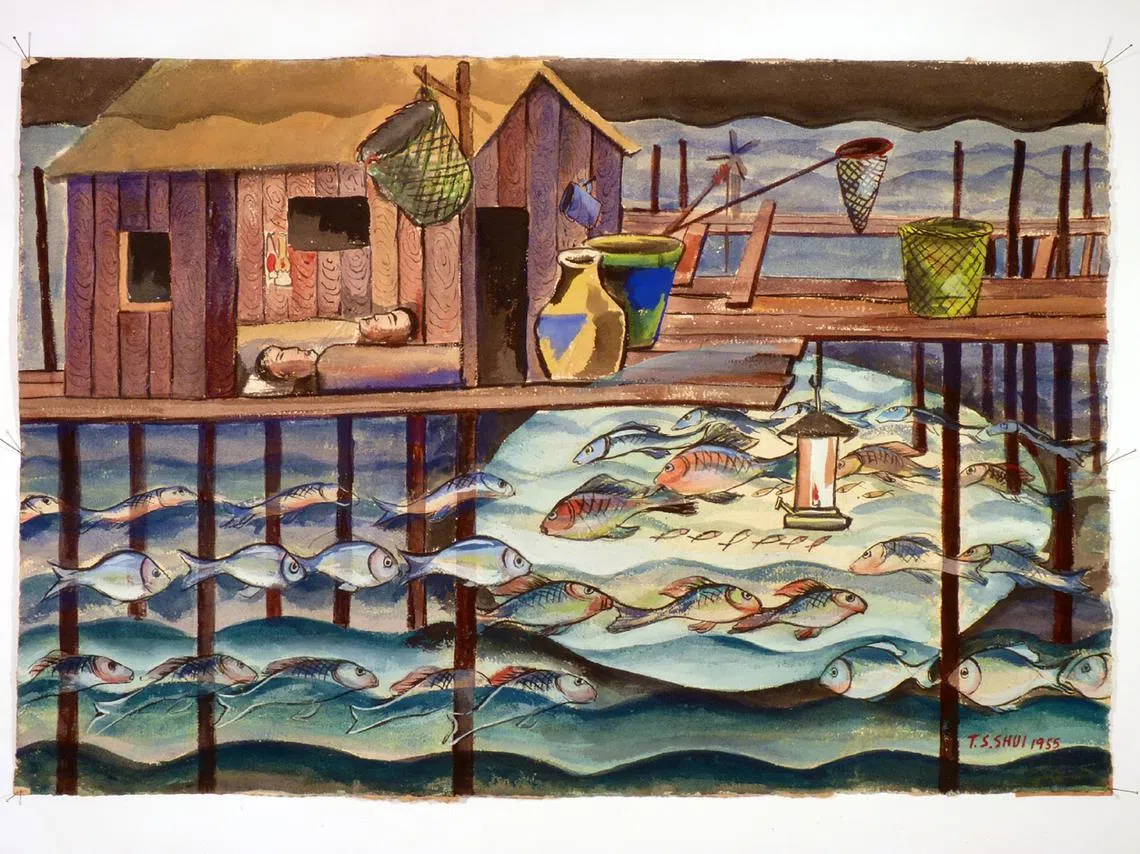
For Shui, it was migration – first to Malaya, then to Singapore – that shaped his vision and perspective. Moving to Singapore in 1947, he spent nearly three decades teaching at Catholic High School, nurturing young artists. But his dedication to his students often meant letting his own practice be overlooked.
“Shui was part of a generation that built the foundations of Asian modernism, yet his story here is largely forgotten,” says art historian Kwok Kian Chow, who advised on the exhibition, alongside Koh Nguang How. “This show restores him to the wider narrative of art history.”
Singapore as a muse
A highlight of the ongoing Singapore Gallery Month, (Re)discovering Shui Tit Sing is layered with personal photographs, letters and teaching notes on loan from Shui’s estate, giving the showcase the depth of a museum-standard exhibition.
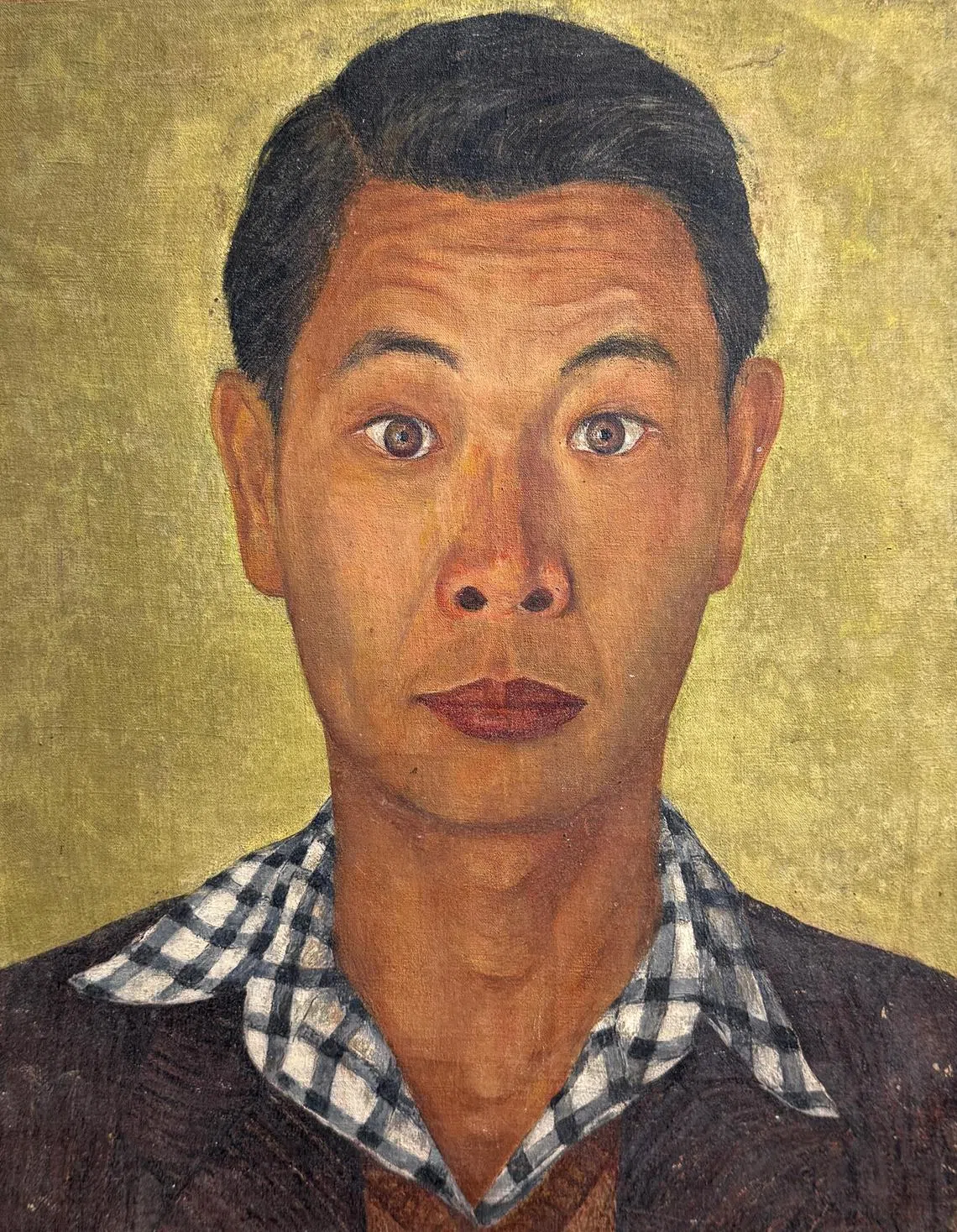
Among the standout works is Self Portrait (c. 1939 to 1940), painted with meticulous brushwork that reflects the rigour of his academy training. After his move to Singapore, the island became an inspiration. In Kallang River (1950s), his soft washes and bold strokes confidently capture a daily riverside scene.
“Shui had the ability to move across mediums – painting, printmaking and sculpture – while staying deeply connected to the social realities of his time,” says gallery owner Audrey Zhang.
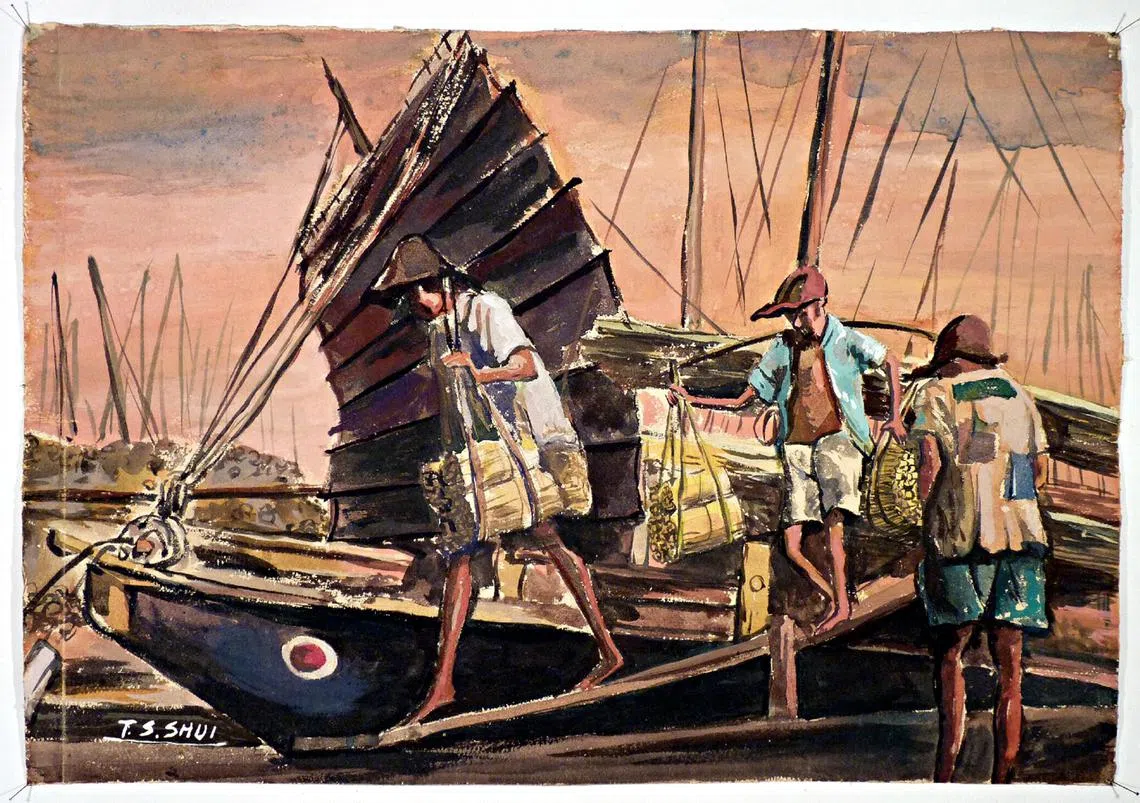
That versatility also allowed him to experiment boldly. Artist With Palette (1958) bursts with Cubist-inspired geometry, marking an unabashed embrace of mid-century abstraction. Wrestling (c. 1949 to 1952) depicts athletic movement in angular, sculptural strokes, prefiguring his later move into three-dimensional art.
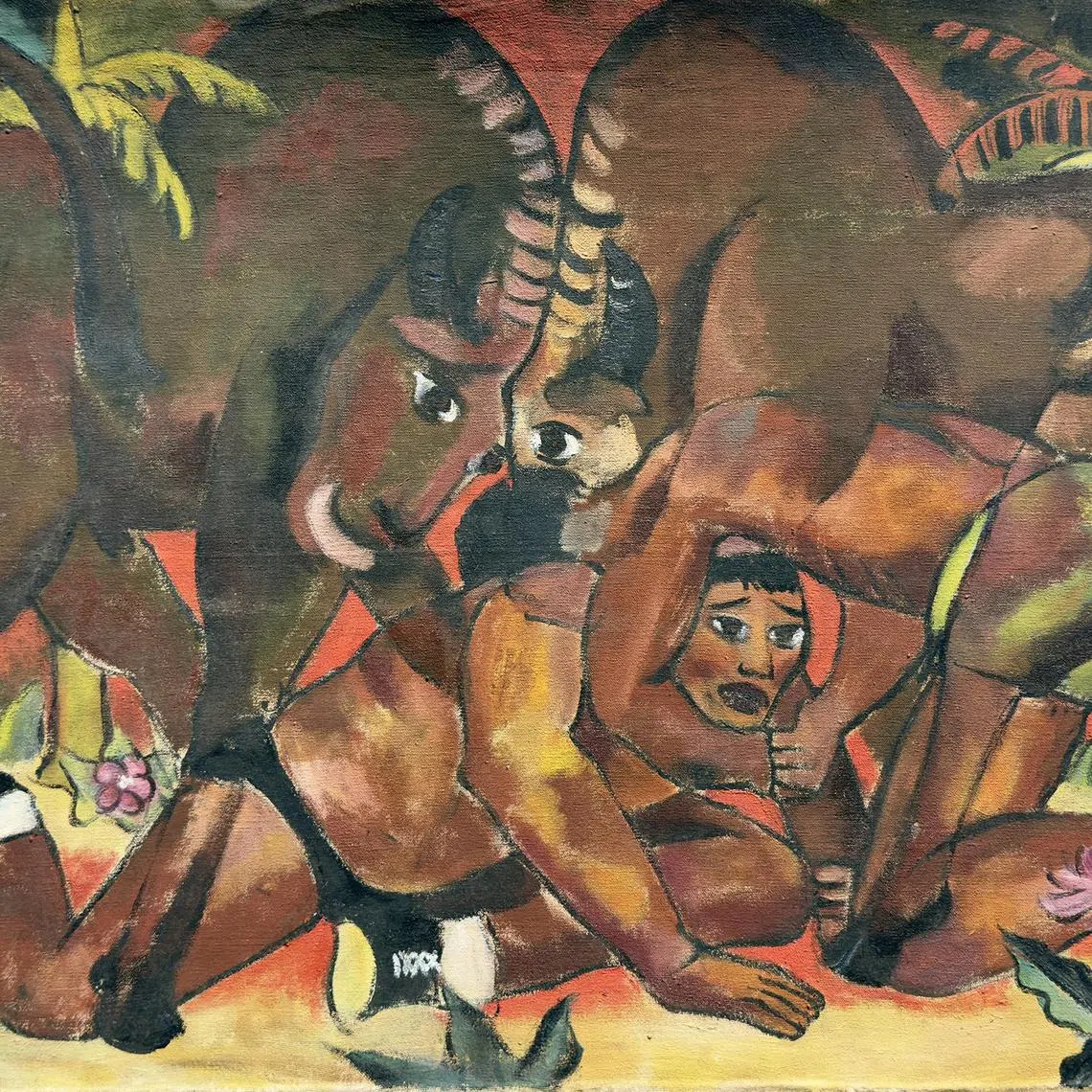
During the 1960s and 1970s, he was active in the Society of Chinese Artists and joined the Ten Men Art Group. With fellow artists such as Choo Keng Kwang and Lim Tze Peng, he went on painting expeditions across Malaysia, Thailand and Cambodia to gather ideas and inspiration from the landscapes, cultures and peoples of South-east Asia.
Knocking on wood
Shui eventually turned his attention to wood, a medium that others had dismissed as simple and lowly. His many carvings of dragon boat races, dancers and villagers are “records of history and expressions of humanity”, says Zhang.
Thaipusam Festival (1981), carved in teak, transforms a vibrant ritual into fluid modernist expression.
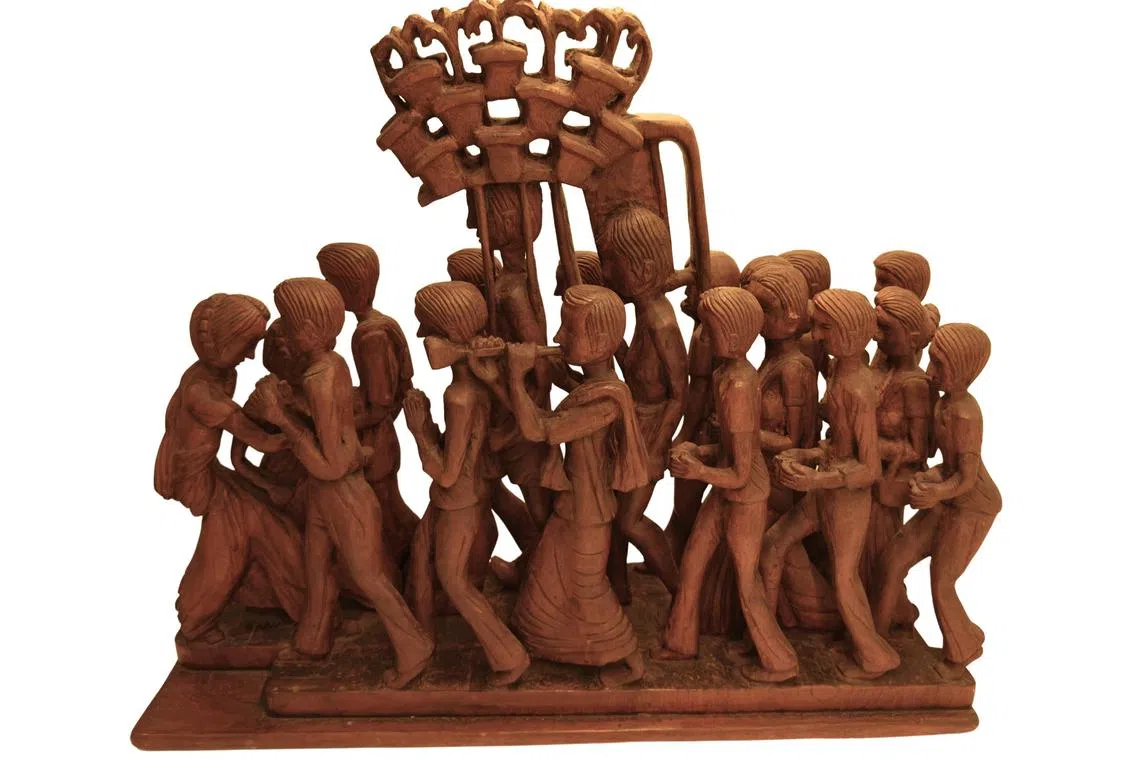
Beyond the canvases and sculptures, the exhibition also features archival materials such as letters, teaching notes, interviews and photographs. These illuminate Shui’s role as an educator who was committed to shaping Singapore’s younger artists.
As curator Rick Shi notes: “He was not just an artist – he was a bridge between cultures, traditions and generations.”
In 2028, the China Academy of Art, Shui’s alma mater, will spotlight him in its centennial celebrations, which will help to cement his reputation beyond Singapore. But for now, the Singapore show offers a timely reflection on migration and modernism – revealing not only Shui’s vision, but also the broader story of the nation’s cultural evolution.
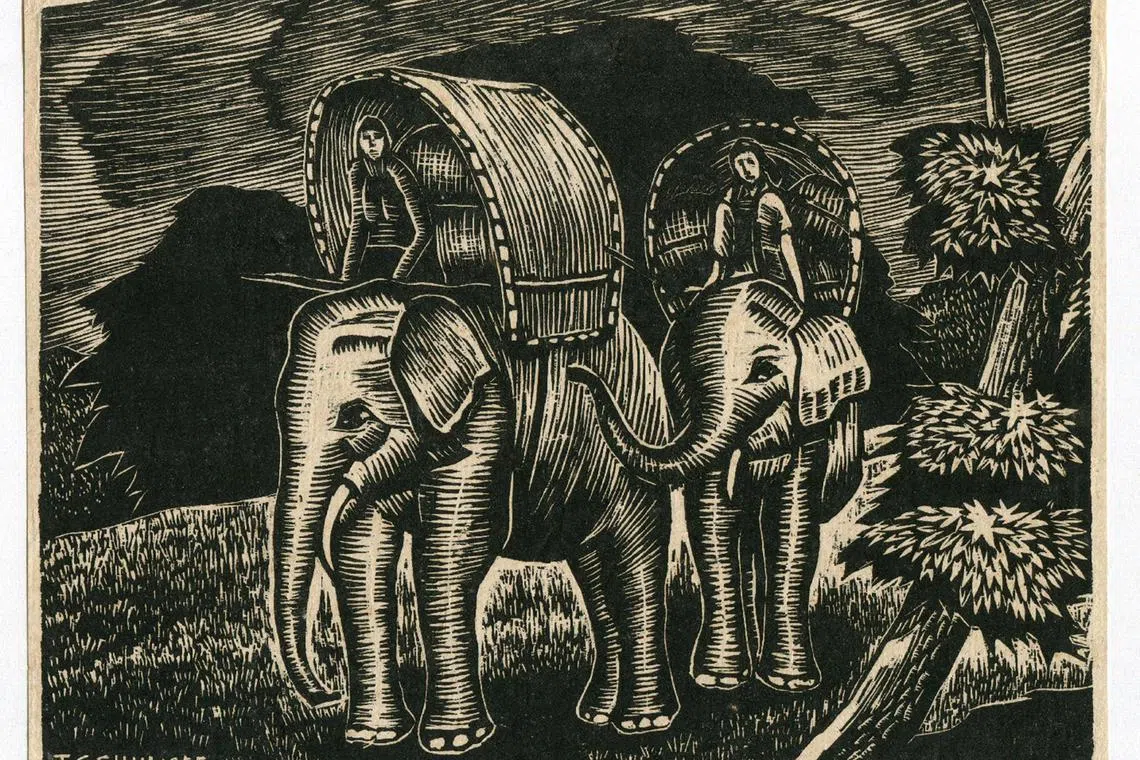
(Re)discovering Shui Tit Sing runs at Prestige Gallery, 39 Keppel Road, #03-01, Tanjong Pagar Distripark, until Oct 9
Decoding Asia newsletter: your guide to navigating Asia in a new global order. Sign up here to get Decoding Asia newsletter. Delivered to your inbox. Free.
Copyright SPH Media. All rights reserved.



